Castos is a participant in the Amazon Services LLC Associates Program. We may earn commissions from your purchases on Amazon.com, though at no cost to you.
If you want to grow your fanbase (and what podcaster doesn’t?), you can’t stick to one channel. You need to invest in multiple channels to reach a bigger potential audience. A bigger audience means more engagement across all of your content channels.
Vlogging (video blogging) is an effective way to grow your brand by giving people an inside look into your business and life. It’s a highly personal form of content creation that many fans find especially engaging.
When fans enjoy your video content, they will naturally explore everything else you offer, such as your podcast, social media profiles, products, services, and courses/memberships.
In this article, we help you understand what vlogging is, how it works, and how to get started. We’ll even show you how to offer vlog content as a paid subscription.
What’s a Vlog?
Vlog is short for video blog. It’s like your own little channel starring you. Vlogs can include all sorts of content, even long-form videos. They can be instructional, entertainment, performance art, comedy skits, documentaries, reactions to other content, or just your thoughts.
You’ve undoubtedly seen all sorts of successful video blogs: travel vlogs, cooking vlogs, health vlogs, and even hours of personal videos of people just living their lives.
Drew Binsky is a great example. He’s an American travel vlogger and documentarian who vlogs about discovering and celebrating various cultures and interesting people.
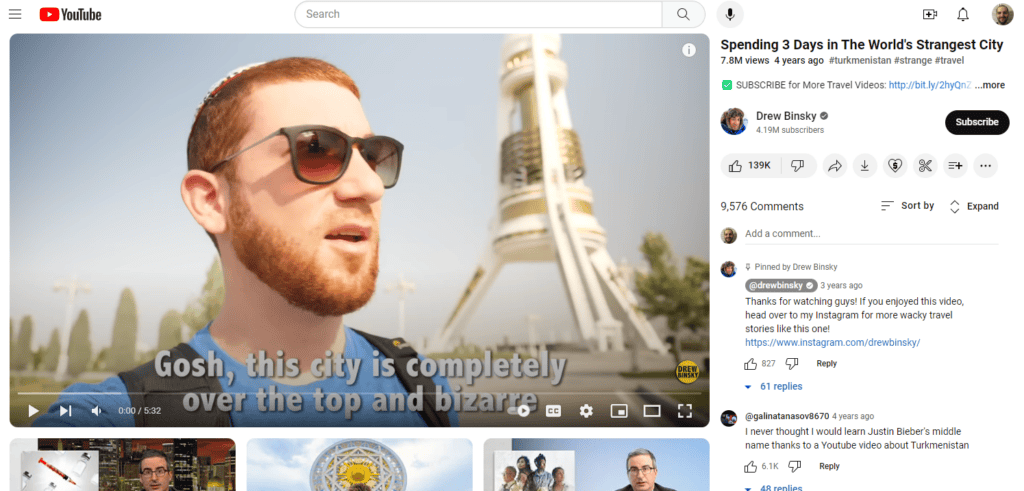
What’s most important is that your content is authentic. If you aren’t genuine, your target audience won’t engage with you.
Many video blogs are low-tech. The host simply records themselves with a phone in one take, using only whatever features that come with their camera app (though high video resolution is still required).
Other vlogs use plenty of video editing, script writing, multiple scenes, and even special or computer effects. You have a lot of freedom.
How to Start a Vlog
Since vlogs are generally informal, starting one is actually quite simple. The goal is to produce more content, not perfect content. Follow these steps to be a video blogger.
1. Choose your vlogging platform
While you may be tempted to use a niche video platform or your favorite platform, it’s best to stick to one of the popular ones. Remember, your goal is to grow your audience, so it makes sense to vlog where there are lots of people.
Here are the top platforms for a vlog:
- YouTube / YouTube Live
- Twitch
- Facebook / Facebook Live
- Instagram Stories / Instagram Live / IGTV
- Vimeo
- TikTok
The platform you choose should be based on the likelihood of finding your audience and your vlogging style. Where do your followers tend to spend their time? What platforms do they prefer? Keep in mind that you aren’t limited to one platform. You can publish your vlog to as many platforms as you like.
2. Decide on a vlog niche/subject
Unless you have an unusually charismatic personality, your target audience isn’t going to listen to your vlog for your random thoughts on life. You need a subject matter that draws people in.
If you’re already in the content game, you probably have a niche already. It might be entrepreneurship, weight loss, parenting, mental health, gaming, makeup, true crime, or anything else. You just have to find the thing you know a lot about; the thing that you can talk about passionately and effortlessly.
Joëlle Anello is a great example. Her vlogs focus on fashion and beauty.
Ali Abdaal is another great example. He started vlogging about his life as a medical student. Now he vlogs about begin a doctor.
3. Identify your target vlog viewer
You may already have a handle on your ideal follower, but if not, now is an important time to figure that out. Who do you intend to watch your vlogs? What kind of content do they expect? What type of videos will drive them to explore your other forms of content?
4. Get some professional equipment
Vlogs are generally informal, so you don’t need a studio that’s wired for sound and lighting, but your video footage should still be clear and easy to watch.
It’s possible to record high-quality vlogs with clear audio on a modern iPhone or Android device, but we recommend using a high quality camera. These days, people expect strong video production with high video resolution and excellent lighting.
Here are our recommendations:
Kickteck HD Video Camera Camcorder
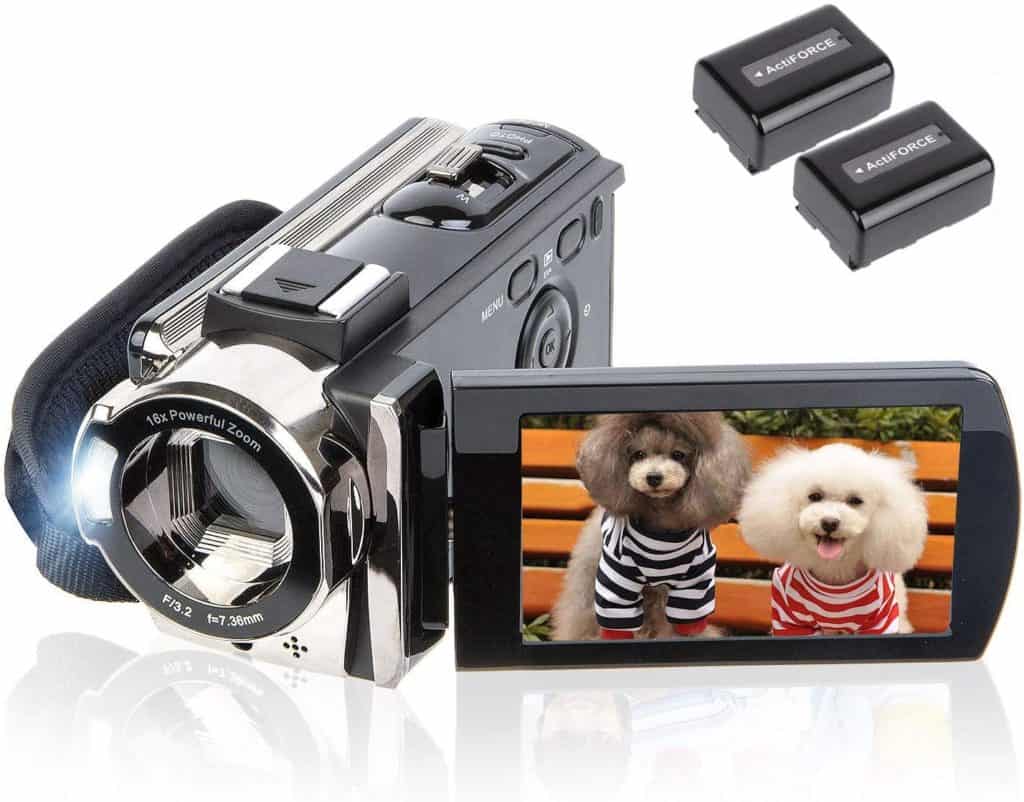
Nikon COOLPIX B500
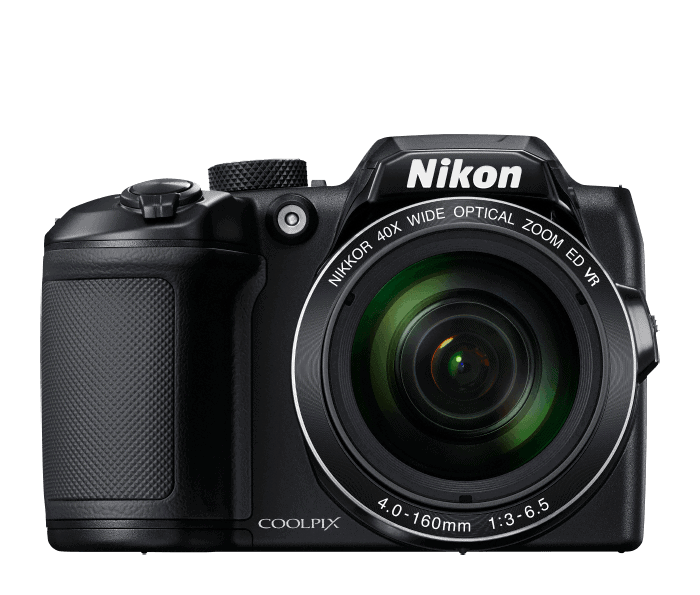
Sony Alpha a6000 Mirrorless
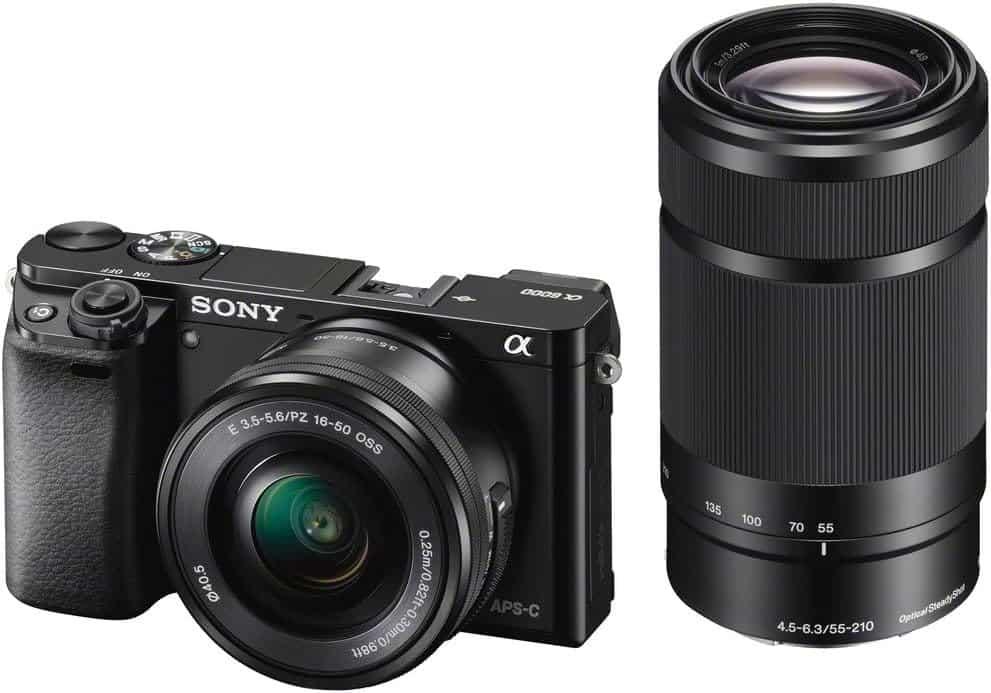
If you record vlogs in the same place, don’t be afraid to invest a little into your setup to boost your cinematic skills. Grab a good podcasting microphone, a light panel or two, and basic editing software.
It also helps to have a tripod for your camera, a stand or boom arm for your mic, and an area in your home or office with a clean and organized background.
Action
Learn more about the best equipment for content creation: The Best Podcast Equipment For Any Budget
5. Brand your vlog channel
It’s important to brand your vlog channel in the same way as all of your other marketing assets, like your podcast, email newsletter, and website. Use similar colors, typefaces, and artwork. If you have a logo, include that as well. The goal is to create a consistent experience for your audience so they know what they’re getting when they open vlog.
Notice how Tati Westbrook uses the same branding on her video channel as she does on her Twitter and her Facebook pages.
6. Make yourself unique
There are a lot of content creators out there, so you need to give your target audience a reason to watch your vlogs over someone else’s. What’s special about you? What is unique or interesting about your content or vlogging style? What personal touches can you add t your video footage that make your content special?
7. Prepare for each vlog
Just because vlogs are informal doesn’t mean you can “just wing it.” It’s important to take the content creation process seriously.
For the sake of good video quality, it helps to do a bit of research on your topic before each video. Browse some articles, search the topic on social media, and watch some other successful vloggers. Use what you learn to inform your content.
Then prepare a brief outline to keep your vlog moving forward. This doesn’t need to be a word-for-word script, but it should cover your main points and any supporting details you don’t want to forget. This will help you avoid skipping an important bit, but still maintain some authenticity and organic conversation.
As you prepare to film your content, consider what would make compelling video clips. Work them into your content so you have great moments to share.
8. Edit your episodes (but not too much)
After recording an episode, you may want to run it through your video editing software. Slice out your mistakes, insert some B-roll shots, add some music or voice-overs, and do some color grading. This is a great way to turn mediocre content into high-quality videos.
The editing process is also a good time to address your sound quality. You don’t have to purchase higher-end video editing tools for this. There are plenty of editing apps that will work just fine for your purposes, even if you produce long-form videos.
But don’t get carried away in your video editing software! Too much editing and too many effects makes it hard to produce content on a consistent schedule.
Pro tip: As you edit, slice out a few video clips that will perform great on social media. (More on this in a moment.)
Action
Read to start your own podcast? Learn the nitty-gritty details of starting your own show in our comprehensive guide. Learn how to start a podcast.
How to Promote Your Vlog
Once you’ve started creating vlog episodes, you’ll want to think about promoting. Fortunately, marketing a vlog is similar to marketing your podcast or other content formats.
1. Publish on a consistent schedule
The informal nature of a vlog makes it much easier to post content more often. It’s typically better to release faster and stick to a consistent schedule, even at a slight cost to your production value. Many vloggers publish every day, though that isn’t always necessary.
Notice how Ali Abdaal publishes at least once a week, often more. Publishing hours of video content might explain why he has nearly 3 million subscribers.
2. Batch produce vlog episodes
A great way to improve the production speed of your video blogging is to produce multiple episodes at the same time. This reduces your total setup and breakdown time. It also makes the editing process go faster.
For instance, you might record three separate videos in one session, each video reacting to a different event in the news. Then you can spend the next three days working on other projects.
3. Network with other vloggers
Working with other vloggers is a key way to grow your audience. You might react to their videos, produce videos together, or simply share each other’s stuff. Reach out to as many as possible to find collaborating opportunities. Just make sure your niche relates with theirs so your audiences overlap.
4. Respond to your fan’s comments
If fans comment on your videos, make sure to reply and engage with them. This can turn fairweather fans into devoted followers. Address their concerns, answer their questions, and help them with their problems. If you think a comment is especially valuable, consider making an entire video about it.
Lawn care vlogger Copper Creek Cuts gets high engagement because he’s active in his YouTube comments.
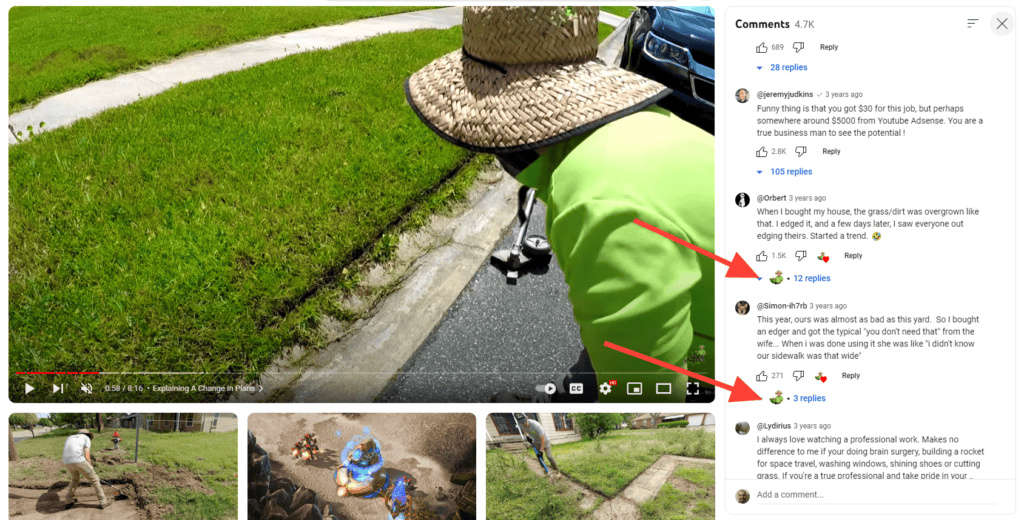
5. Publish your vlogs with SEO in mind
It’s important to spread your content wide by publishing it on multiple video platforms, like YouTube, Instagram, TikTok, and wherever else your audience spends time.
Video titles are just as important as blog titles – search engines use them to help people find content. Don’t be lazy with your titles by calling them “Vlog #34” or “Me at the Supermarket.” Instead, use optimized titles that take advantage of trending keywords.
6. Break your vlogs into video clips
A great way to promote your vlog (or any video or podcast content) is to break your video footage into video clips using a video editor. Share those clips on social media platforms.
If you post your vlog to YouTube, you might post 30 seconds to 2 minute segments on Facebook, Instagram, or YouTube Shorts. This entices your followers to watch the full video.
Tip
Need help promoting your podcast? Check out our complete guide: How To Promote A Podcast: The Ultimate Podcast Promotion and Podcast Marketing Guide
How to Offer Vlog Content as a Subscription
Another interesting option for content creators is offering vlog content only to subscribers. You could use your publicly available content to advertise your premium vlog.
This is easy to set up with Castos by using a video podcast to deliver your vlog. Castos customers subscribed to our Pro Plan can publish both audio and video podcast episodes. Videos are available on Apple Podcasts and the Castos mobile app (other platforms do not support videos at this time).
To add a video episode, locate the podcast and click Add Episode in your Castos dashboard. Enter the episode details and upload the media file and click Publish Episode.
With Castos’ integration with Stripe, you can accept payments from your audience. Our Stripe integration will automatically add new customers to your private podcast when checkout is completed, an invoice has been paid, or any of the other available triggers. Learn how to set it up.
Monetize Your Podcast with a Platform You Control
Castos gives you full control to decide who gets access to your subscription podcast content and how you get paid. Enter your email below to learn how you can get started.
Commit to Your Vlog Channel
Vlogging (like podcasting) takes time to develop. You won’t build an audience overnight. But don’t let that stop you. It’s easy to start a low-tech vlog today and start producing content quickly. You can improve your production value over time as you become more comfortable and learn about your audience.
Have you ever started a vlog? Tell us your experience in the comments.


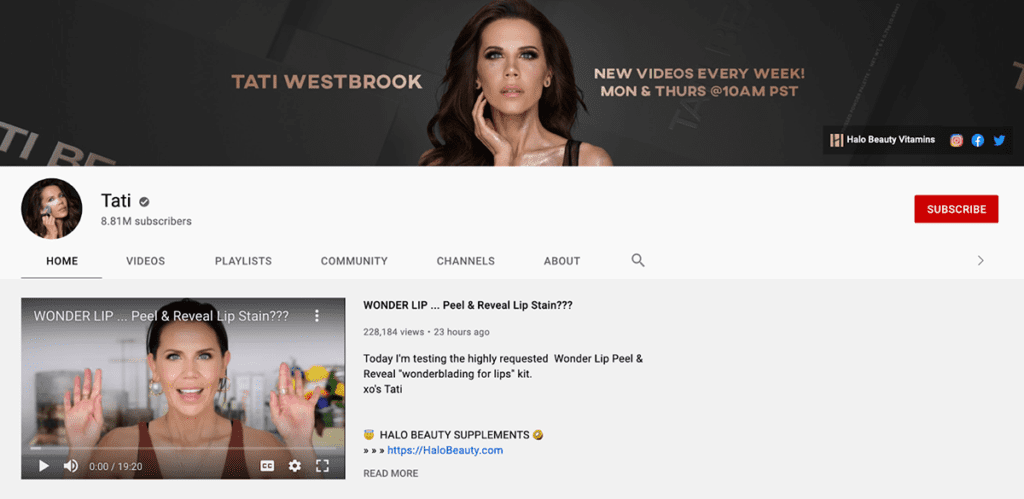
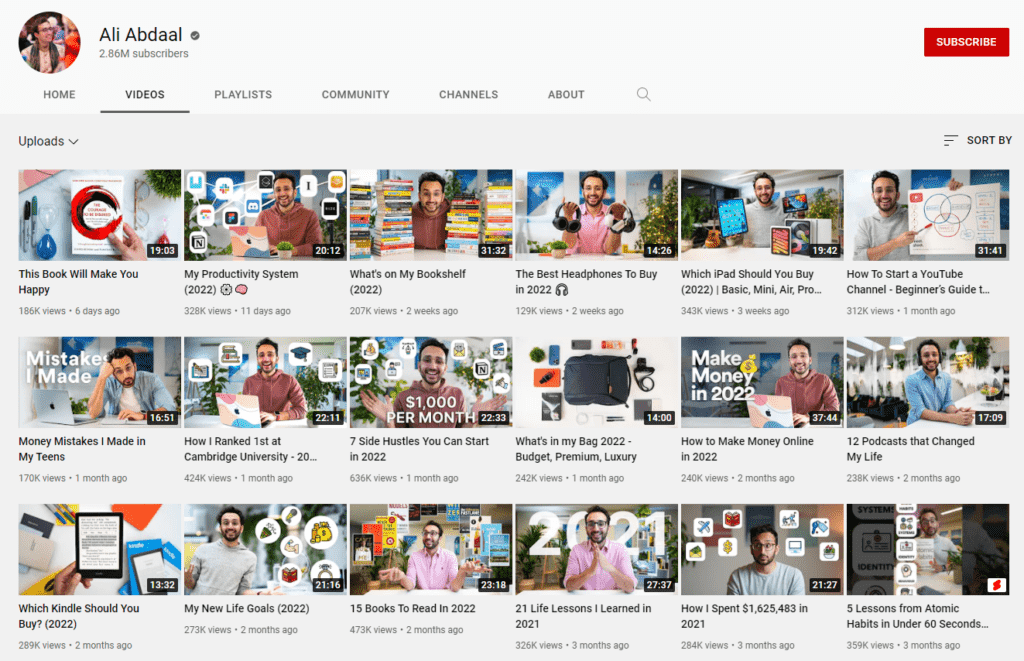
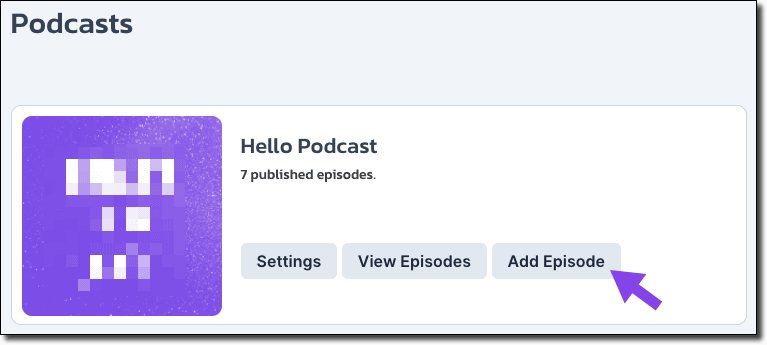

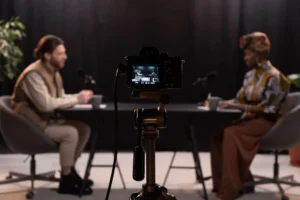

Comments are closed.